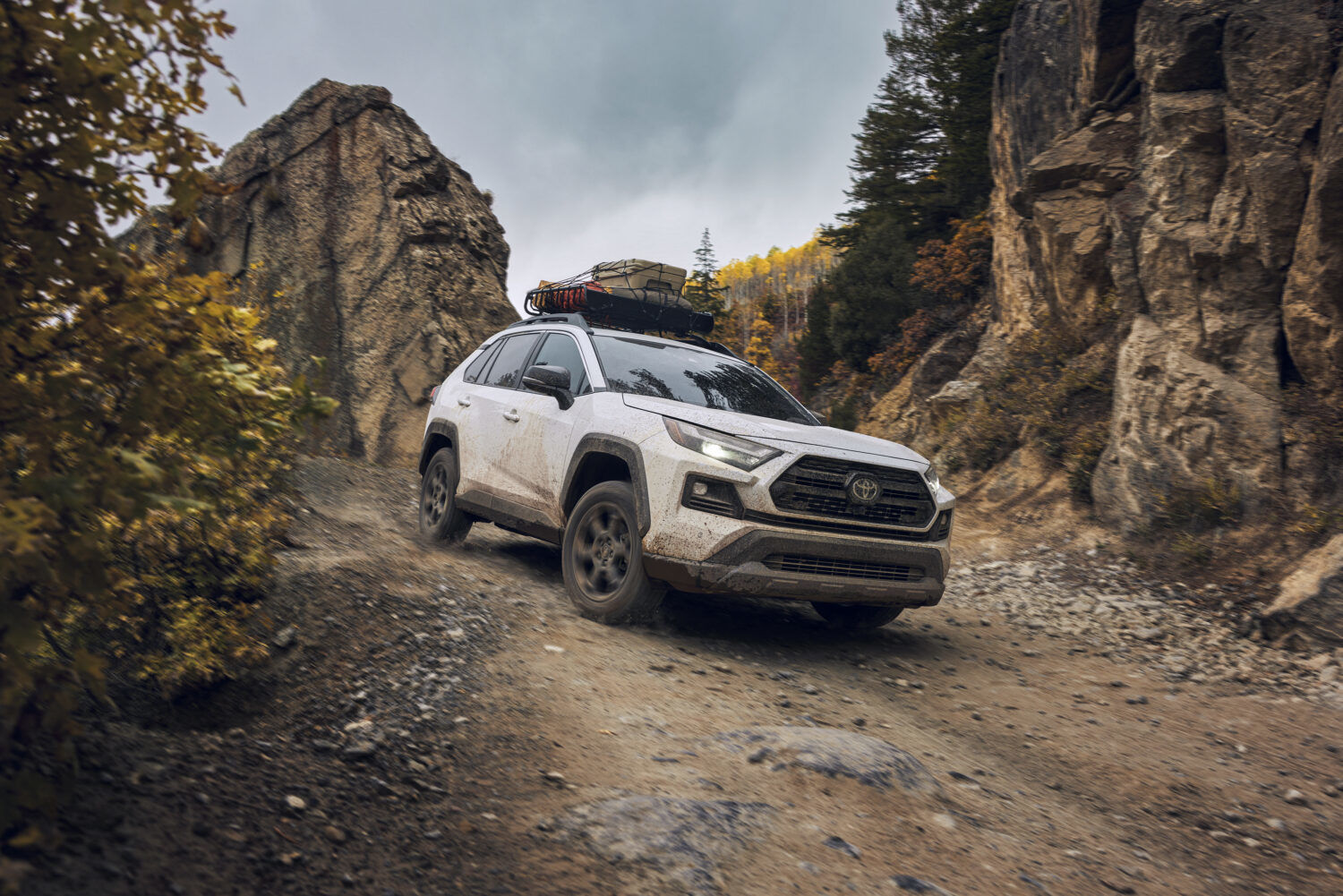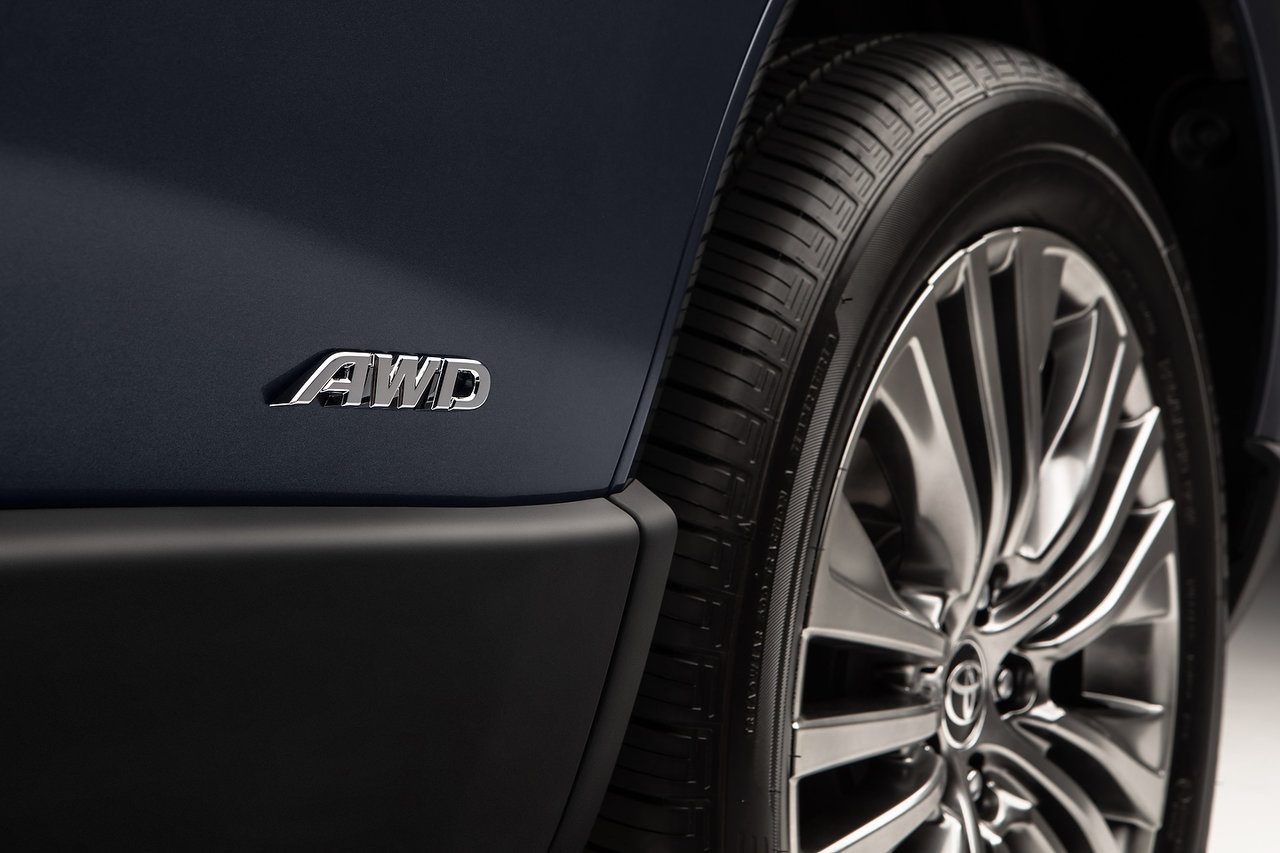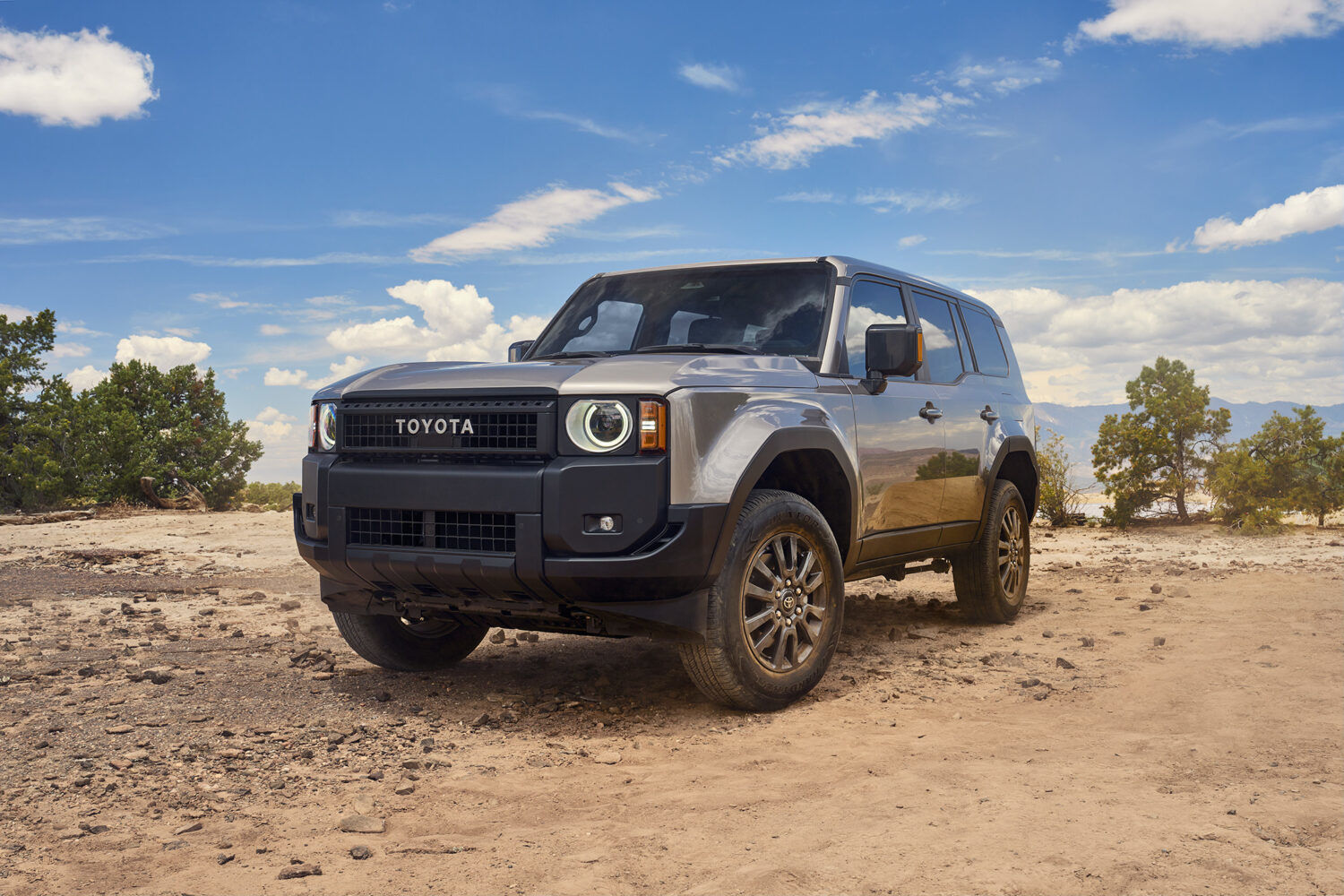
How to Select the Perfect 2025 RAV4 Powertrain for Your Lifestyle
Choosing the right powertrain for your 2025 Toyota RAV4 directly impacts your daily driving experience, from fuel costs to performance...
Read more

Toyota's lineup of vehicles is undoubtedly one of the most diverse in the industry. Consequently, it offers not one but many all-wheel drive systems, each with their own features geared towards the needs of the buyer of the vehicle the AWD system powers. Here’s a look at the different all-wheel drive systems offered in the Toyota lineup.
Dynamic Torque Control
This system, typically used with smaller cars and SUVs, can direct up to 50% of engine torque to the rear wheels, in response to acceleration from a standing start or to front wheel spin. When all-wheel drive is not required, such as on long stretches of highway or when the pavement is dry, the electromagnetically actuated coupling located at the front of the rear axle can disengage the driveshaft from the differential to save fuel. The system re-engages in an instant when needed.
Dynamic Torque Vectoring
By adopting a vectoring mechanism that independently distributes torque to the rear wheels (left and right) based on driving conditions, handling and control are dramatically improved. It allows for increased performance in off-road driving, even on the most difficult surfaces. It also incorporates a disconnect mechanism that includes the world's first ratchet clutches. Located on the front and rear axle shafts, they stop the rotations of the drive system which transmit the driving force to the rear wheels in two-wheel drive mode, which has the effect of considerably reducing energy loss and improving performance.
Dynamic torque-vectoring all-wheel drive doesn't need the wheels to spin to kick in. Rather, a sophisticated integrated all-wheel drive management system manages electric power steering, throttle control, transmission shift control and engine torque distribution to continuously optimize handling.
Electric system on request
With certain hybrid vehicles such as the RAV4 and the Highlander, there is an electronic system on demand. The latter offers a much more compact configuration, because it renders the transmission shafts obsolete. Rather, there are electrically powered generators for the rear wheels. Consequently, there is no mechanical connection between the front and the rear. The advantage is that when four-wheel traction is not needed, the rear is inactive. And if more rear wheel input is needed, everything kicks in there to provide the necessary torque to the wheels so the vehicle can move forward easily.
AWDe
The AWDe system that serves the Prius was designed with one objective in mind: fuel economy. Its weight is therefore minimal and apart from a few details, it functions like the electronic system on demand. The rear motors only kick in under the 70 km/h barrier. The system is also active up to 10 km/h when the vehicle is accelerating, because electric motors are more efficient than gasoline engines at low speeds. Once again, remember that the system is designed for energy efficiency at all times. However, if the latter judges that more grip is needed above 10 km/h, it will remain active up to 70 km/h. And if you happen to be driving on dry pavement, it simply disengages.
Finally, note that for the Sequoia, 4Runner, Tacoma and Tundra models, we find 4x4 with locking centre differentials systems which gives the driver more control over the behaviour of the vehicle and better capability off road.

How to Select the Perfect 2025 RAV4 Powertrain for Your Lifestyle
Choosing the right powertrain for your 2025 Toyota RAV4 directly impacts your daily driving experience, from fuel costs to performance...
Read more
Is the 2025 Land Cruiser Practical for Daily Driving?
The Toyota Land Cruiser has built its reputation on legendary off-road capability and durability over six decades in Canada. Now returning for...
Read more
2025 Toyota 4Runner vs Sequoia: Capability, Space and Price Comparison
The 2025 Toyota SUV lineup offers two standout options for adventure-seeking drivers. The all-new sixth-generation 4Runner brings fresh design,...
Read more